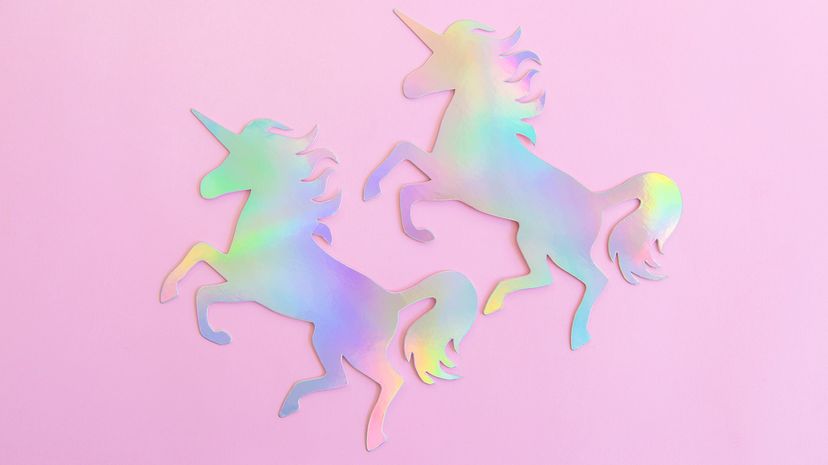The most famous real-life unicorn of the natural world is the narwhal (Monodon monoceros), a marine animal with a single tusk that dwells in the Arctic. But this tusk does not possess any magical traits; it's actually an oversized canine tooth that grows straight out of the creature's face.
The exact purpose of the tusk remains a topic of scientific dispute, but it might well function as a sense organ since it's loaded with sensitive nerve endings. Some researchers theorize that narwhals use the tusk to focus their potent echolocation powers, which they use to hunt fish, shrimp and squid.
Martin Nweeia of Harvard's School of Dental Medicine also suggests that it may be used to detect changes in water salinity. Still, sensory explanations for narwhal tusks are undercut by the fact that females rarely grow them. As in most cases of sexual dimorphism, we can usually assume that mating plays a key role in the difference.
This brings us back to the mythical creature known as the unicorn.
Mating or Self-Defense?
Perhaps only the males of the species boast horns as a means of sparring with romantic rivals or communicating sexual fitness to potential mates. The latter reason, at least, would jibe with the writings of fifth-century B.C.E. Greek historian Ctesias, in which the unicorn's horn is red, black and white, which sounds an awful lot like a festive mating display.
The other obvious possibility is that they provide a means for the unicorn to defend itself against predators, such as human hunters or its legendary rival, the lion. This at least matches up with one of the creature's most closely associated real-world counterpart: the rhinoceros.
The unicorns of medieval European art were a docile-looking bunch, but older texts described a more fearsome creature. First-century Roman author Pliny the Elder wrote that a unicorn could not be taken alive, and others depicted it as a creature capable of besting lions. Sometimes, it would seem, the most violently obvious guess is the most valid.

